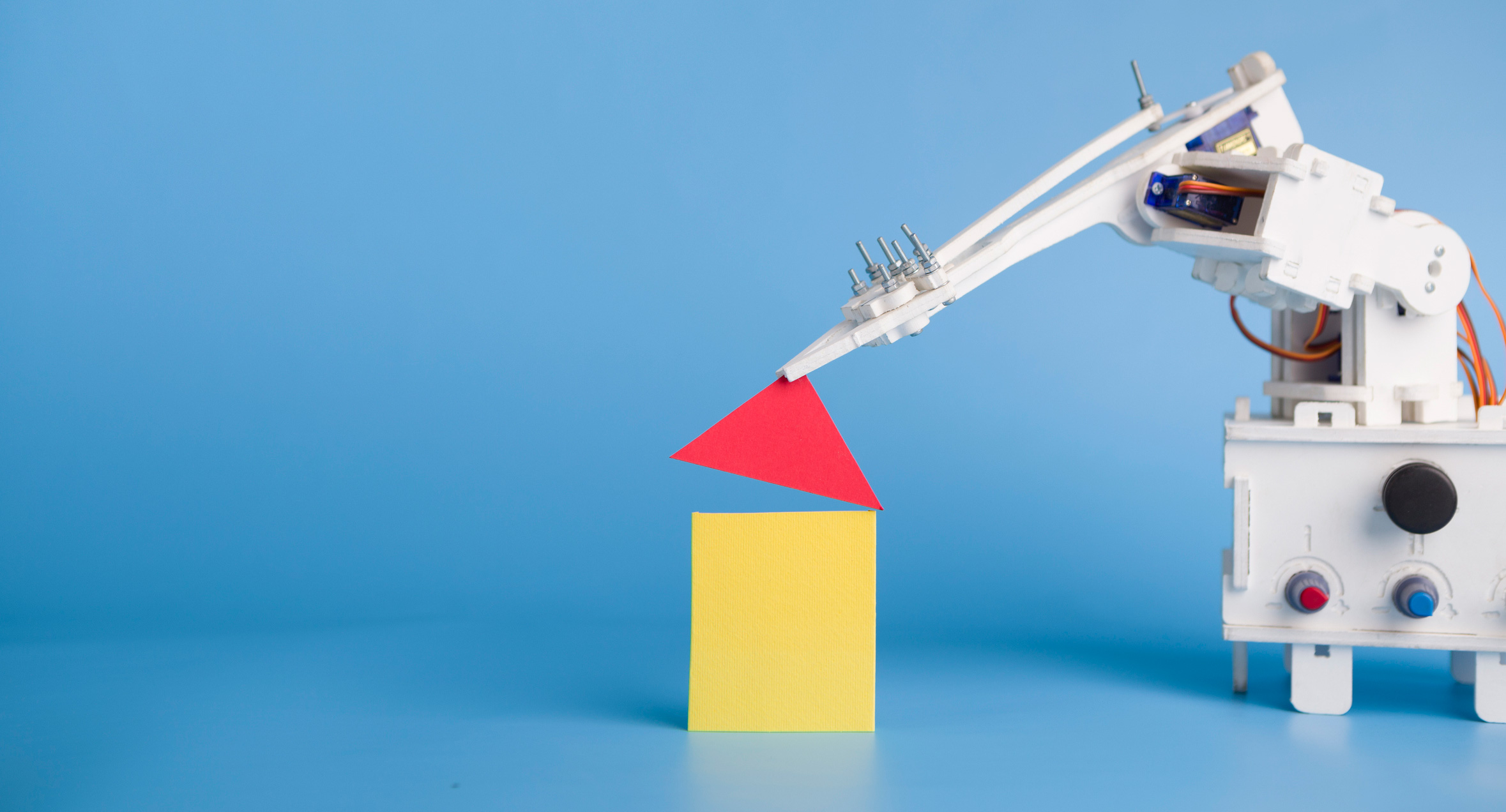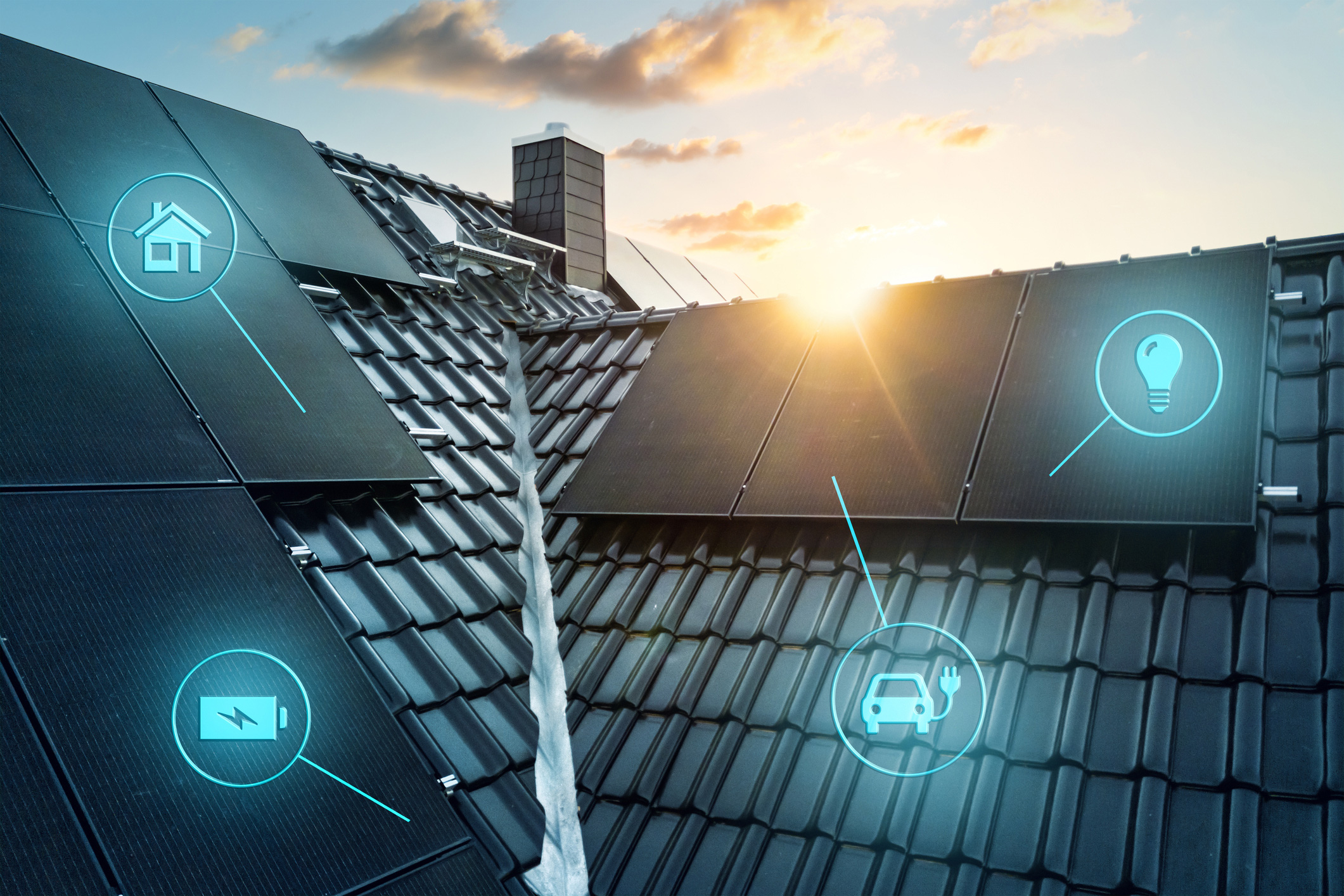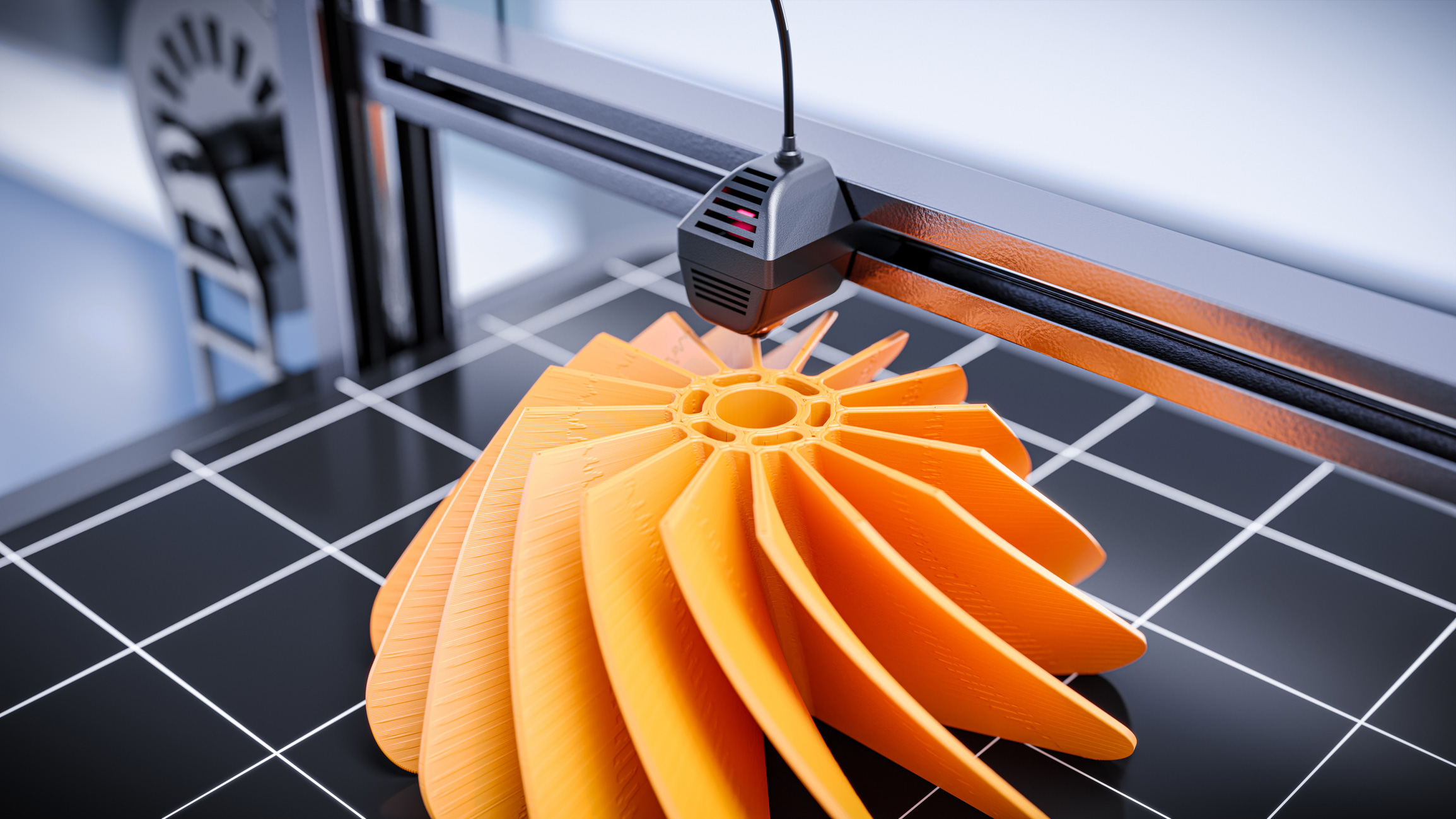Caring For Your Customers’ Dishes Isn’t As Easy As It Seems.
Smart TVs and streaming services are the norm these days, which makes life much easier for roofers. But you’ll still find plenty of satellite dishes on rooftops in neighborhoods throughout the U.S., meaning you’ll inevitably have to deal with removal and reinstallation at some point. Unfortunately, most roofers do both incorrectly.
Removing the dish seems like a no-brainer—unbolt the footplates and remove the dish. But satellite dish systems should never be disassembled in this way. First of all, there are cables to deal with. While many roofers simply cut the cables, that’s not correct, and it causes damage to your customers satellite system. Instead, look near the end of the “eye” on the end of the dish (called the LNB arm) for one or two small Phillips head screws holding the arm on. Remove these, pull off the arm, and you’ll see the cables attached inside the plastic housing. Carefully cut any cable ties, loosen the wires, and pull them back away from the dish. Note that some dishes have a release lever to remove the LNB arm instead of it being secured by screws.
Next, you should remove the dish piece from the mounting bracket by loosening the nuts and bolts and carefully lifting it off. Only then should you remove the footplates. Otherwise, you risk bending the reflector when it is still connected to the footplates.
Once you’ve properly removed the dish, you can get on with your project. But remember, many roofers do the reinstallation of the dish system wrong as well. They try to put the dish back up in the same spot using “the same holes.” Don’t be that roofer.
Dishes can’t help but catch the wind. As a result, they are buffeted back and forth throughout their life on the roof. This means “the same holes” won’t ever be as secure as they need to be. Which means the dish will get loose over time and break the seal, causing a leak in your handywork. Instead, if you decide to reinstall the dish yourself, you should install the mounting bracket with lag bolts firmly in roof rafters where possible. It should be level in both directions with both sides vertically plumb (the top of the mast pipe doesn’t need to be horizontally level). And like uninstalling the dish, do it in pieces. Install the mounting bracket first, and then attached the dish. Finally, you’ll need to seal the mount properly to keep out the elements.
You’ll notice we said “should you decide to reinstall the dish yourself” above. The reason is … perhaps you shouldn’t. Securely mounting and sealing the dish system isn’t all that needs to be done. You can’t just have the homeowner test to see if they have picture and audio and assume it’s good to go. The system needs to be repeaked. Otherwise, your test with the homeowner may just have barely enough signal for the sunny conditions that day. When it gets cloudy or rainy, the signal won’t be strong enough and the picture will cut out. The only way around this is to purchase an expensive professional grade satellite meter and get trained on how to use it properly … or have a professional do it. You can call an independent satellite installer and coordinate closely with them to minimize how long your customer is without service. You could easily itemize this cost on your invoice. This would be the most hassle-free approach for your customer. The other option is to have your customer coordinate with their satellite provider to handle the dish reinstall. This, of course, would be an inconvenience for your customer.
So there are your options. Do you want to be the average roofer that sloppily pulls down the dish and then pops it back on in the same, exact spot, not caring for the long-term performance of the roof or satellite system? Do you want to be a better roofer and tell you customer a professional should take care of reinstalling the dish system, but they will have to schedule that? Or do you want to put the customer first and go the extra mile?
We know what we would do. But at Marco, putting the customer first isn’t optional. It’s just what we do.
To learn more about Marco, visit www.MarcoIndustries.com. To contact Marco directly, you can email or call 1-800-800-8590.



